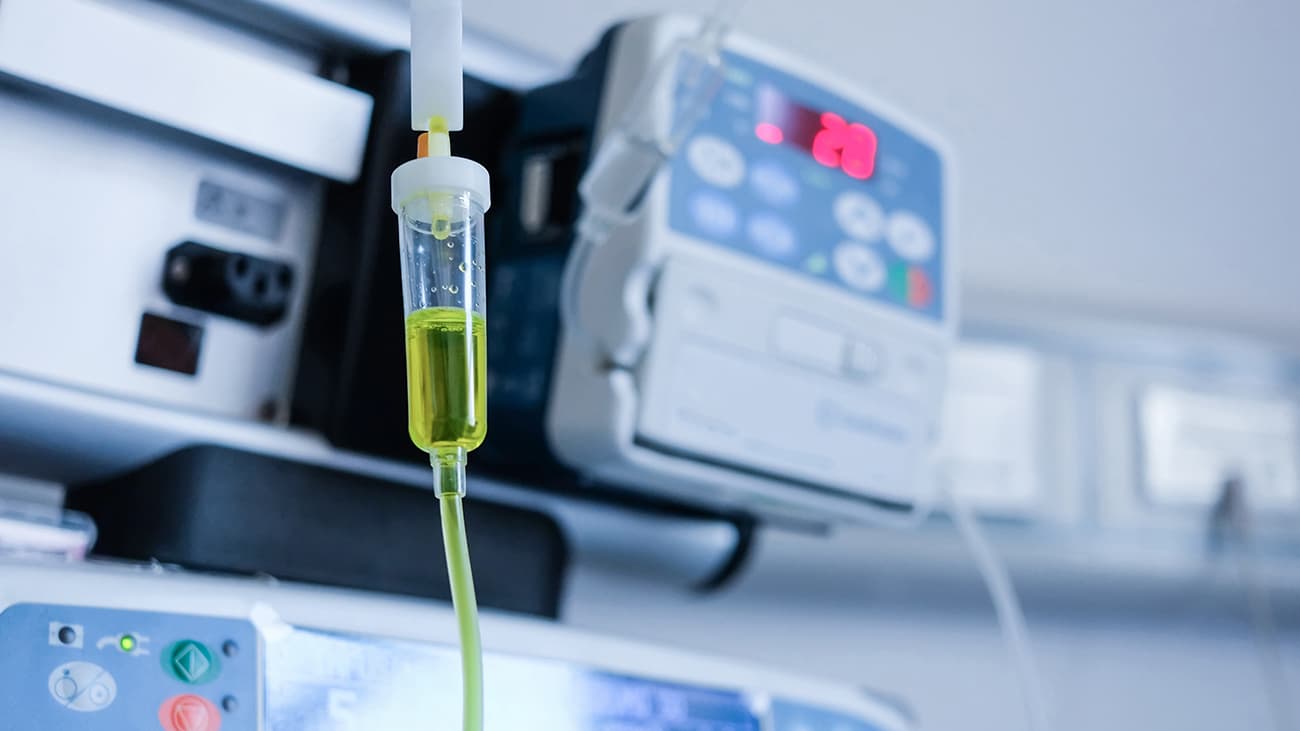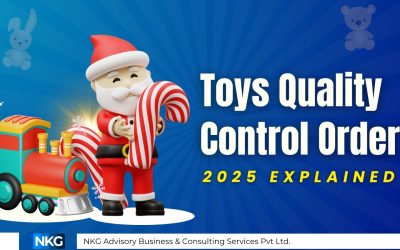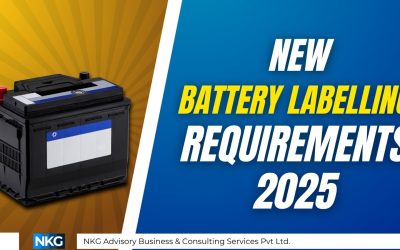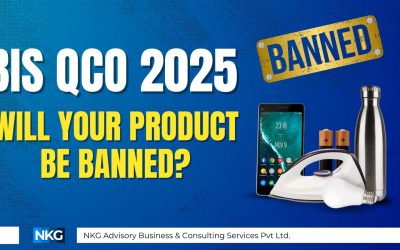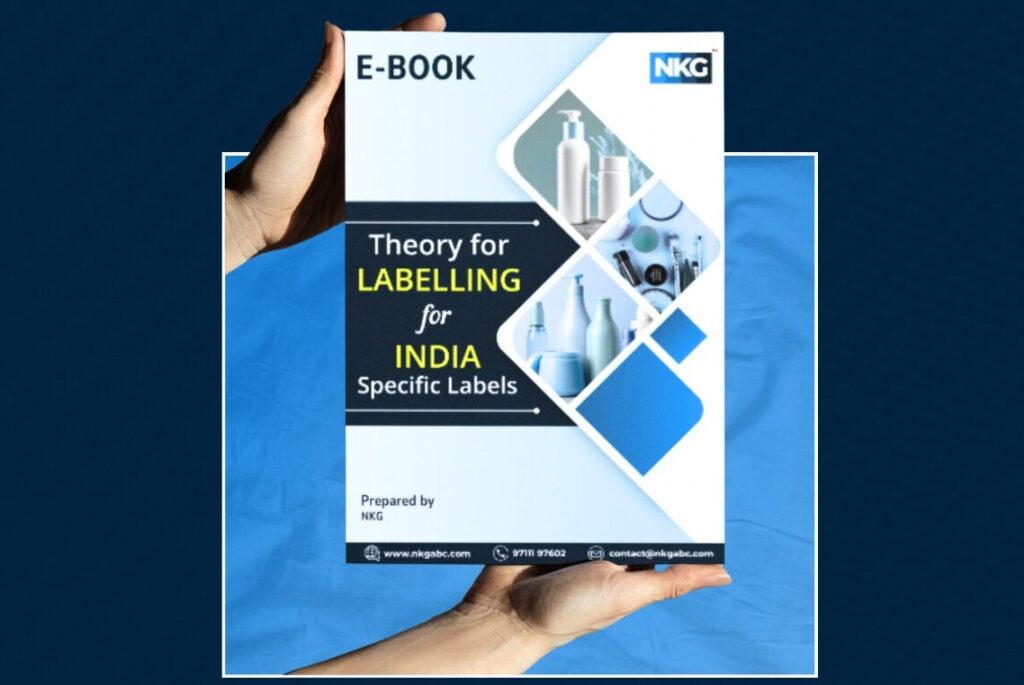Central Drug Standard Control Organisation (CDSCO) is the regulatory body of India that regulates the rules, regulations, and standards that applicants who want to sell and distribute their medical devices in India need to follow. CDSCO follows the Medical Device Rule 2017, Drug and Cosmetic Act 1940, and Rule 1945. The main objective of the CDSCO is to ensure the safety, quality, and performance of medical devices so that they benefit its intended population and help them sustain a healthy life. CDSCO aims to eliminate those manufacturers and importers whose quality does not meet their standard. Although CDSCO pays close attention to all the class of medical device, Class C medical device falls under the moderate risk and thus gets more attention from CDSCO. To help manufacturers and importers to distinguish their devices in medical devices and other devices, CDSCO has given the definition and classification as per the Medical Device Rules,2017. The main objective of the definition and classification is to provide the manufacturer and importer with an idea of whether their medical device falls under the medical device category. If so, then what would be its risk class?
The medical device as per Medical Device Rule, 2017 Medical devices as instruments, apparatus, appliances, implants, materials, etc., which can be used alone or in combination, such as software, or accessory that are intended to be used for humans or animals, which helps in Diagnosing, preventing, monitoring, treating, or mitigating any disease, disorder, condition, injury, or disability; Examination, replacement, alteration, or support of the anatomy or physiological process; Supporting or sustaining the life; Medical device disinfection; Conception control, etc.
CDSCO also classifies medical devices based on intended use, contact with the body, and the risk they possess into four classes named as:

Examples of class C notified medical devices
Suture – Sutures, also called stitches, are used by doctors to close wounds on the skin or the tissues. Sutures can be classified into absorbable and nonabsorbable. Absorbable sutures are digested by the enzymes found in the body, whereas non-absorbable sutures are removed by doctors.
Blood bag – A blood bag is a container used to collect, store, and transport blood products. The bags are plastic and have multiple compartments that separate different blood components, such as red blood cells, plasma, and platelets. The bags are sterile and have different features such as leak–proof seals, connecting tubes to a collection device, and a system to control the temperature of the blood stored.
Syringe – A syringe is a simple reciprocating pump consisting of a plunger that can fit tightly within a barrel a cylinder tube. The plunger can be pulled and pushed inside the tube allowing the syringe to take in and expel liquid or gas through a discharge orifice at the front end of the tube.
Example of Class C syringes – Injector type actuator
Class of above-mentioned devices: The devices mentioned belong to class C since they possess moderate-high risk as they can be implanted and have long periods of contact with the body.
The forms required for import License/Manufacturing in case of class c notified medical devices
Applicant type | Class | Application | License | Fees |
Manufacturer |
Class C – Medical device | Form MD-7 | Form MD- 9 | For one site INR 50000 and INR 1000 for a medical device |
Manufacturer (Loan License) | Form MD- 8 | Form MD- 10 | ||
Importer | Form MD- 14 | Form MD- 15 | $3000 for one site and $1500 for one medical device unit. |
Registration process to register class C notified medical devices in India.

Documents for Manufacturers of Class C notified medical devices:
- Cover letter
- Fees
- Constitution details of the manufacturing firm or authorized agent.
- The Establishment /Site ownership /Tenancy Agreements.
- Copy of Duly notarized valid copies of Quality Certificate in respect to manufacturing site(s), if any;
- Copy of Certificate supporting quality management system (ISO: 13485), if any;
- Quality management system as per the medical device rule,2017.
- Reference for predicate device,
- Plant master file
- Device master file
- Test license (for the domestic manufacturer)
- Undertaking that the manufacturing site complies with the quality management system.
For the import license authorized agent needs to submit the following documents:
- Cover letter
- Power of attorney
- Wholesale license
- Free sale certificate from country of origin
- Free sale certificate from any country, namely USA, Australia, Canada, Japan, UK, and European Union countries.
- Inspection or audit report
- Certificates (ISO, full quality certificate, CE design certificate, Declaration of conformity)
- Plant master file (as per appendix I of MDR, 2017)
- Device master file (as per appendix II of MDR, 2017)
- Label and IFU
- Establishment certificate
- Constitution details of the authorized Indian agent.
Conclusion: The class C medical device possesses moderate-high risk, which means a little mistake can be fatal and lead to serious injury or death of the patient. Thus, manufacturers or importers of class C must be very attentive when submitting the documents for registration because a small missing detail to prove that the device is safe to use can lead to a delay in the document process. In turn, product marketing will also get delayed. Thus, manufacturers and applicants are advised to prepare their document checklist beforehand and proceed with the registration process.
Download Checklist of Documents Required for Registration of Medical Devices with CDSCO
These comprehensive set of checklists are designed to help streamline the registration process and ensure that you have all the necessary documentation in place.

